Table of Content
- A Record-Breaking Year for Pune’s Industrial Real Estate
- Why Pune Is the Top Industrial Real Estate Market
- Sectoral Diversification Adding Stability
- Institutional Investment and Developer Confidence
- Pune vs Delhi-NCR and Mumbai: A Comparative Edge
- The Road Ahead: Pune’s Industrial Future Looks Promising
- Expert Commentary on Pune’s Transformation
- Conclusion:
Pune has steadily carved its niche as India’s top industrial real estate market, outperforming the long-dominant metros of Delhi-NCR and Mumbai for the second consecutive year. What was once considered a secondary industrial hub has now transformed into a premium destination for logistics, warehousing, and manufacturing infrastructure. The rise of Pune is not just measured in square footage but in the quality of development, investor confidence, and future readiness.
A Record-Breaking Year for Pune’s Industrial Real Estate
According to the latest data released by JLL India, Pune’s annual net industrial absorption has nearly tripled over the past five years. From just 4.2 million sq. ft. in 2019, the absorption reached a remarkable 11.3 million sq. ft. by the end of 2024. This reflects a compound annual growth rate (CAGR) of over 20%, underscoring Pune’s dominance in the evolving landscape of industrial real estate.
In terms of capacity, the total industrial stock in Pune expanded from 24.2 million sq. ft. in 2019 to 60.9 million sq. ft. in 2024, showcasing robust supply and consistent demand.
Also Read: Rustomjee Group to Redevelop 25 GTB Nagar Buildings, Rehousing 1,200 Families
Why Pune Is the Top Industrial Real Estate Market
The consistent performance and adaptability of Pune’s industrial segment have earned it the title of top industrial real estate market in India. This achievement is not based on volume alone but also on the quality of spaces and market transformation.
1. Rapid Growth of Grade-A Facilities
One of the key drivers of Pune’s industrial success is its pivot toward Grade-A infrastructure. As per the JLL report, these high-quality, specification-driven properties now account for 75% of Pune’s total industrial stock.
Net absorption of Grade-A spaces jumped from 3.2 million sq. ft. in 2019 to 9.9 million sq. ft. in 2024. These modern facilities cater to global occupiers who demand international standards, sustainability, automation, and scalability. The trend also attracts institutional investors looking for long-term value and pre-leased assets in high-growth corridors.
2. Strategic Location and Infrastructure
Pune’s proximity to the Mumbai-Pune Expressway, the upcoming Pune Ring Road, and various national highways has made it an ideal logistics and distribution hub. With Chakan, Talegaon, and Ranjangaon serving as industrial hotspots, the region offers excellent connectivity to ports, markets, and workforce pools.
These advantages position Pune as a more efficient and cost-effective alternative to Mumbai and NCR, where land scarcity and congestion are major issues.
Sectoral Diversification Adding Stability
While automotive and engineering sectors still dominate leasing activity—making up around 65% of total transactions in 2024—Pune is witnessing a notable shift in industrial occupier profiles.
The demand is rising from:
- FMCG (Fast-Moving Consumer Goods)
- Pharmaceutical and biotech industries
- Home and construction goods
- 3PL and e-commerce logistics players
This sectoral diversification not only brings resilience to Pune’s industrial market but also attracts a wider range of investment and development interests.
Institutional Investment and Developer Confidence
Global investment firms and domestic developers have increasingly focused on Pune’s industrial corridor. The appetite for developing built-to-suit (BTS) projects, acquiring large land parcels, and offering long-term lease agreements reflects growing confidence.
Several high-profile players are entering the Pune market with Grade-A warehouse parks, integrated logistics zones, and smart industrial campuses — all of which aim to redefine India’s warehousing standards.
Pune vs Delhi-NCR and Mumbai: A Comparative Edge
When compared to larger markets like Delhi-NCR and Mumbai, Pune holds several strategic advantages:
|
Criteria |
Pune |
Delhi-NCR / Mumbai |
|
Land Availability |
More abundant, less expensive |
Limited, expensive, highly zoned |
|
Infrastructure Growth |
Rapid and planned |
Congested and overburdened |
|
Vacancy Rate |
Projected below 5% |
Fluctuates above 7–10% |
|
Grade-A Supply |
75%+ of total stock |
50–60% on average |
|
Investor Interest |
Growing rapidly |
Stagnating in some submarkets |
This comparison reinforces why Pune is the top industrial real estate market and the preferred destination for both occupiers and investors.
Also Read: Mumbai Property Registrations Reach 11,521 in June, Marking a 1% YoY Decrease
The Road Ahead: Pune’s Industrial Future Looks Promising
JLL’s report paints a highly optimistic picture for Pune’s industrial real estate outlook. By 2030, the total stock is expected to exceed 140 million sq. ft., more than double the current figure. Additionally:
- Annual absorption and supply are projected to remain above 10 million sq. ft.
- Vacancy rates are forecasted to dip below 5%
- Occupier demand is expected to be driven by manufacturing reforms, PLI schemes, and India’s growing export base
Expert Commentary on Pune’s Transformation
“Pune's industrial real estate market is not just growing, it's evolving. The shift towards Grade A facilities, coupled with sector diversification and increased foreign investment, positions Pune as a prime destination for future development,”
— Sanjay Bajaj, Senior Managing Director – Pune & Logistics, JLL India
Such strong endorsements from industry experts reflect the transformational changes happening across Pune’s industrial corridors.
Conclusion:
Pune’s emergence as the top industrial real estate market is the result of sustained planning, infrastructural evolution, and quality-focused development. Its strategic location, robust sectoral demand, and the rise of Grade-A facilities have helped it outperform traditional leaders like Delhi-NCR and Mumbai.
As India’s manufacturing and logistics sectors continue to grow, Pune is positioned to lead the next wave of industrial growth—setting new benchmarks for scale, quality, and investment viability.
For stakeholders, investors, and developers, Pune represents not just a market of the moment—but a future-proof destination for long-term industrial success.
Follow AquireAcers Whatsapp Channel to Stay Updated With The Latest Real Estate News

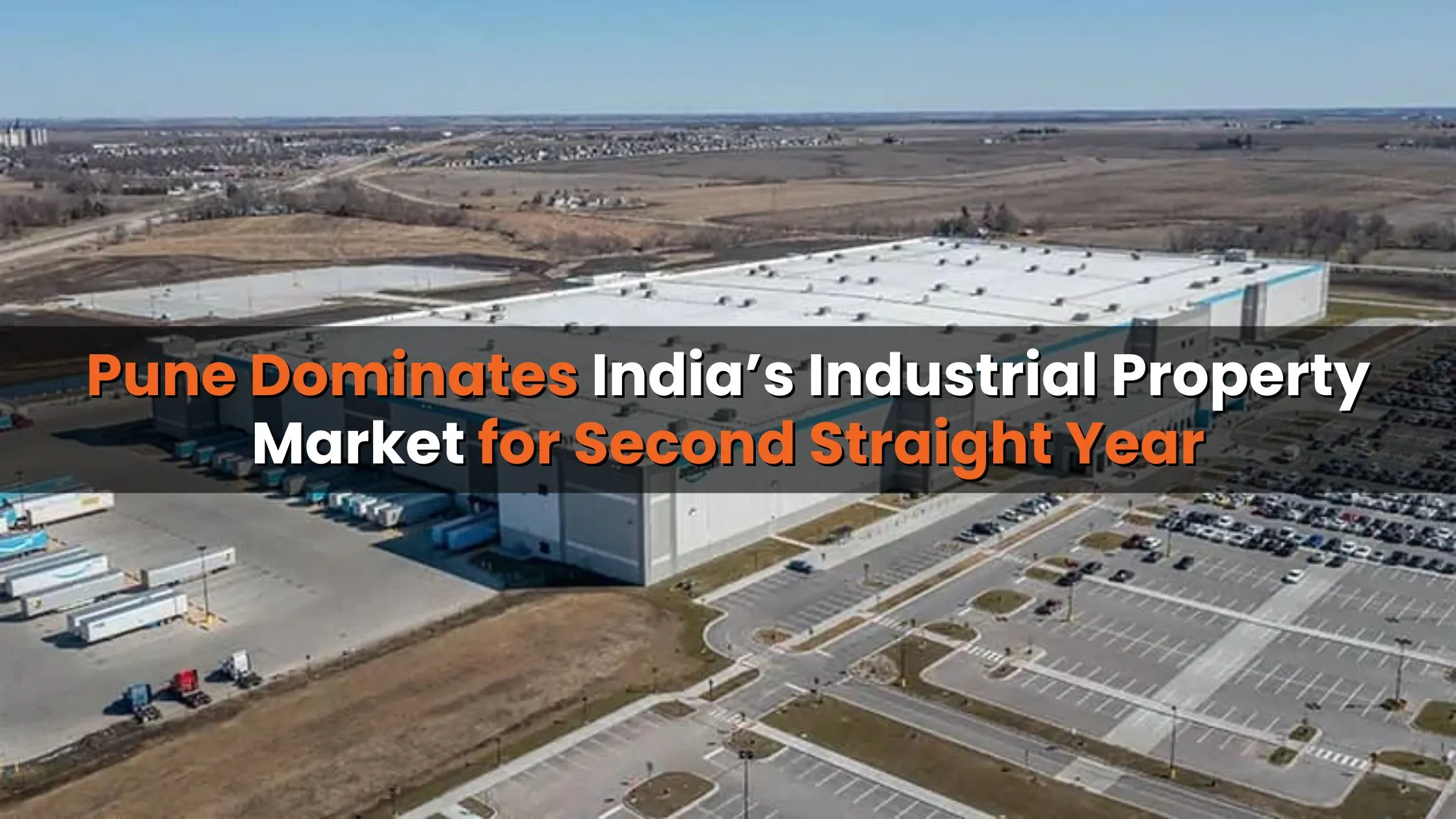
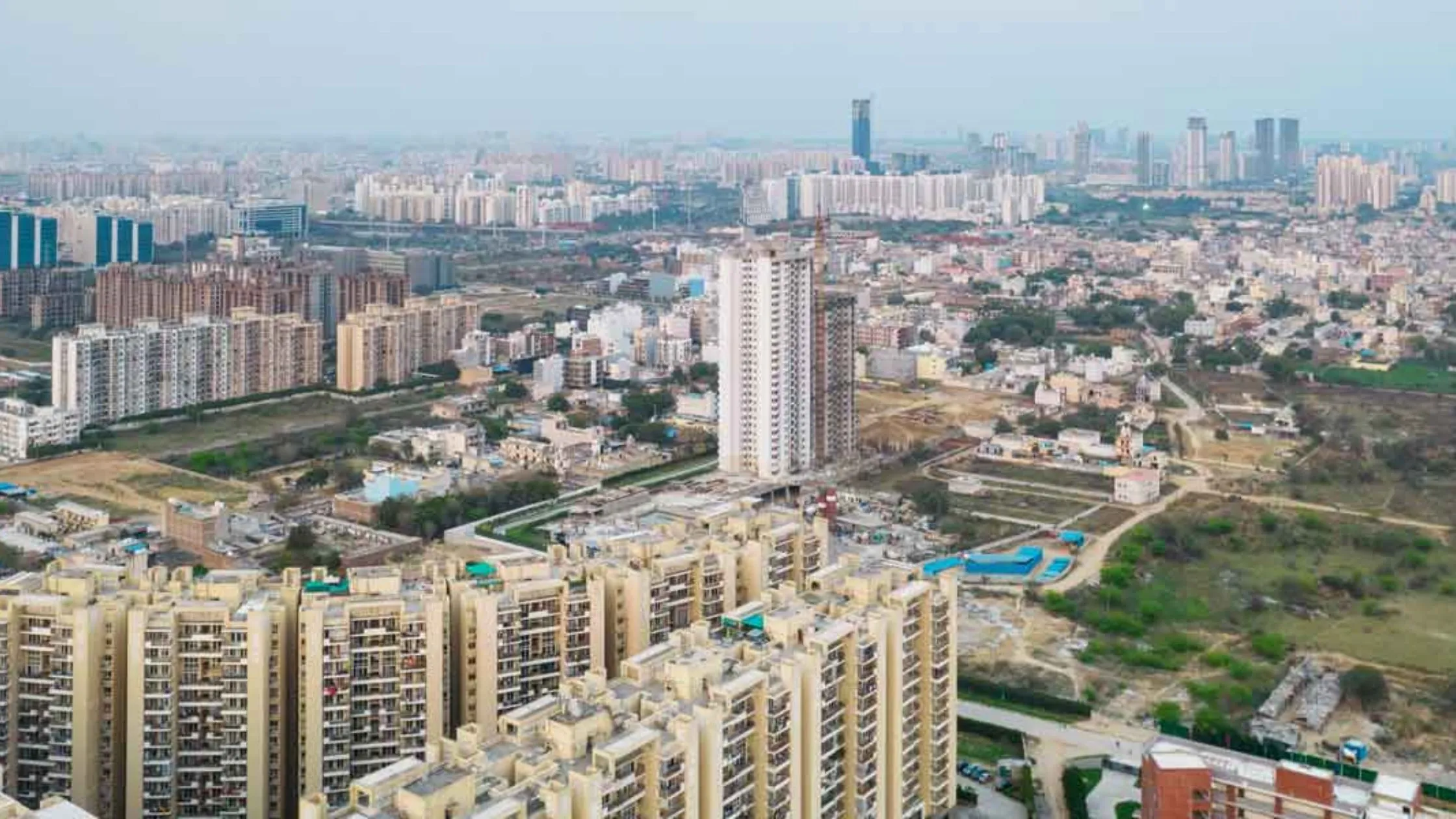
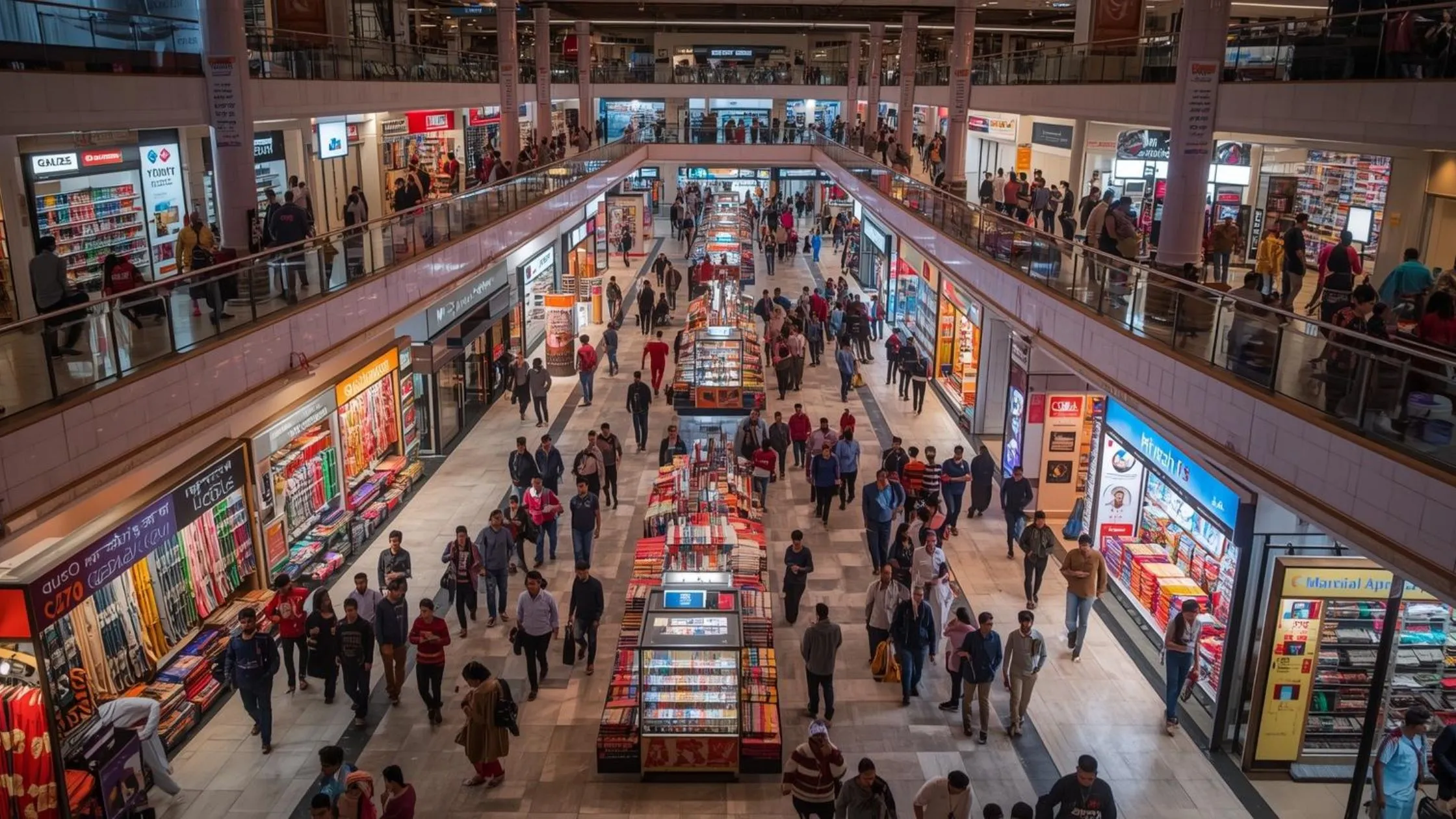
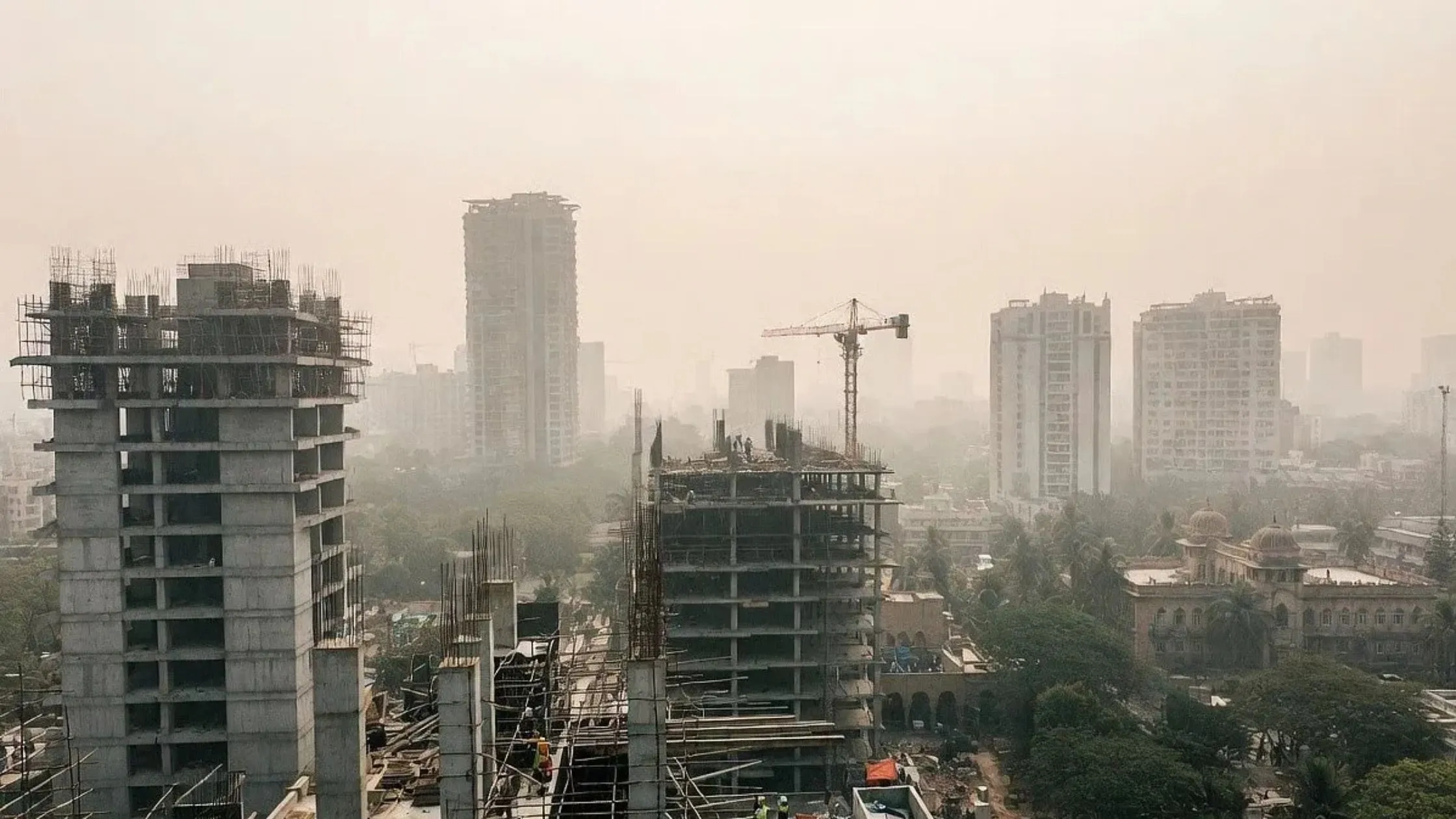
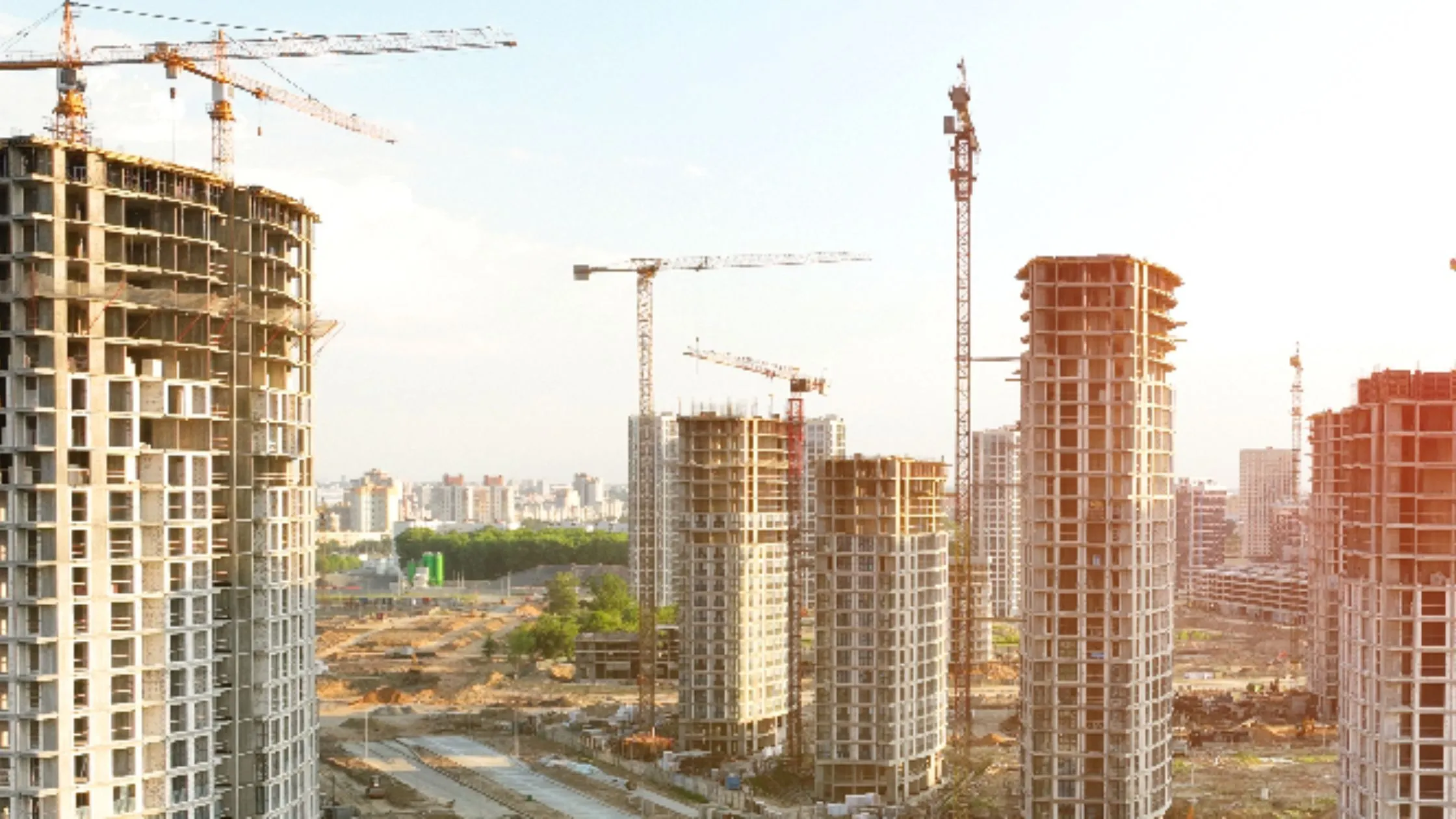

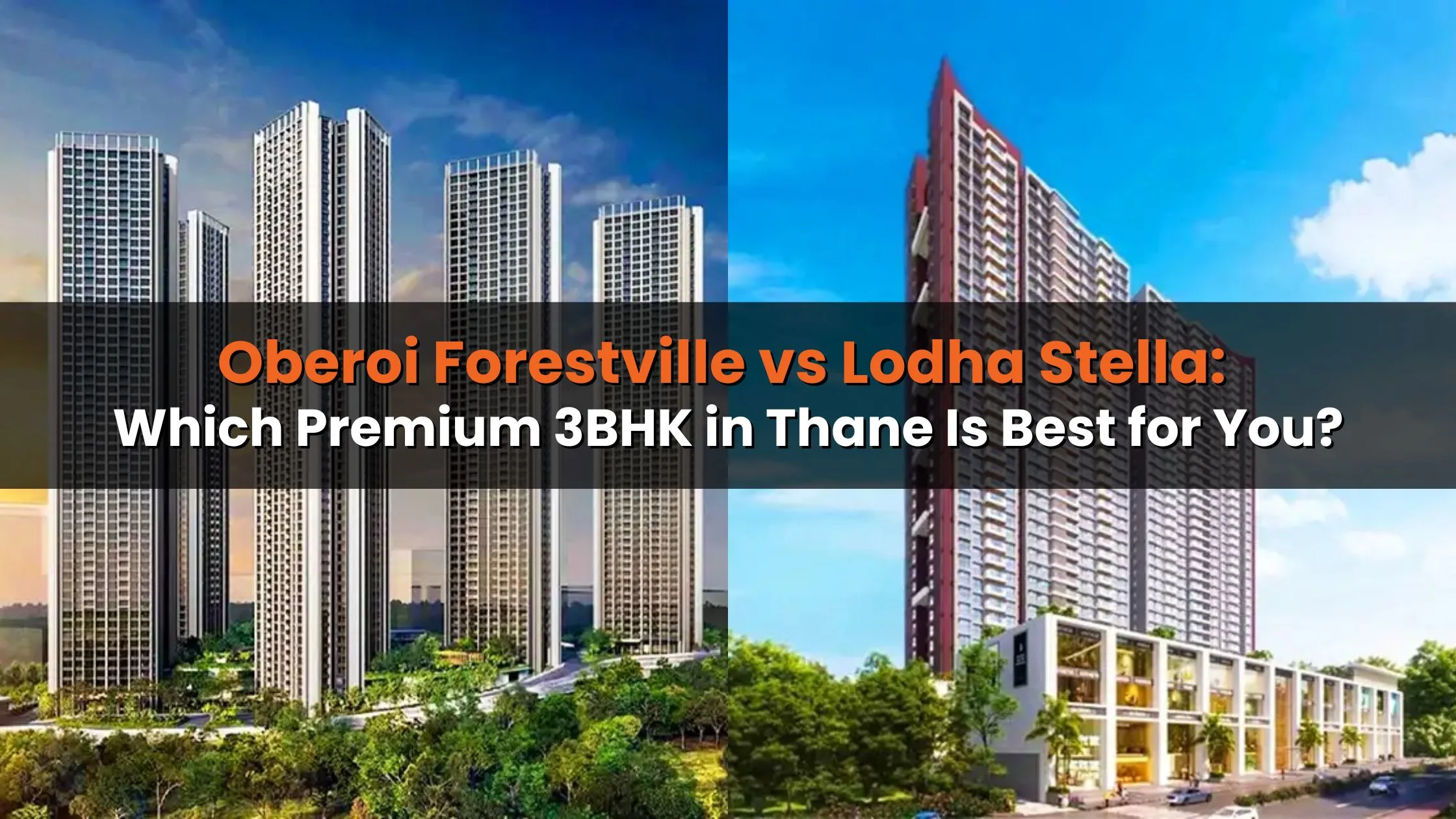
Ans 1. Pune has achieved the top spot due to a combination of factors, including rapid absorption of industrial space, a strong supply of Grade-A facilities, superior infrastructure, strategic location, and growing investor confidence. Its annual absorption reached 11.3 million sq. ft. in 2024—more than Delhi-NCR and Mumbai.
Ans 2. Grade-A facilities are high-quality, specification-driven industrial spaces designed for large occupiers. They offer better infrastructure, automation, sustainability features, and scalability. In Pune, these facilities now make up over 75% of the industrial stock, attracting global occupiers and investors.
Ans 3. Chakan, Talegaon, and Ranjangaon are major industrial hubs in Pune. These areas benefit from proximity to the Mumbai-Pune Expressway, planned infrastructure projects like the Ring Road, and easy access to labor, ports, and logistics corridors.
Ans 4. Pune’s industrial market has grown significantly from 4.2 million sq. ft. net absorption in 2019 to 11.3 million sq. ft. in 2024. The city’s industrial stock has also increased from 24.2 million sq. ft. to 60.9 million sq. ft. over the same period.
Ans 5. While automotive and engineering sectors still dominate, new demand is emerging from FMCG, pharmaceuticals, construction materials, 3PL (third-party logistics), and e-commerce sectors, providing greater market stability and diversity.
Ans 6. Pune offers lower land costs, better infrastructure planning, higher percentage of Grade-A stock, and lower vacancy rates (projected below 5%). Delhi-NCR and Mumbai face constraints like land scarcity, higher congestion, and fluctuating vacancy levels.
Ans 7. Domestic and global institutional investors are increasingly targeting Pune for Grade-A warehouse developments, built-to-suit projects, and integrated logistics parks. This influx is boosting both the scale and quality of new developments.
Ans 8. By 2030, Pune’s total industrial stock is expected to exceed 140 million sq. ft. Annual absorption will likely stay above 10 million sq. ft., driven by India’s manufacturing reforms, PLI schemes, and export demand. Vacancy rates are forecasted to remain below 5%.
Ans 9. Pune’s connectivity, skilled workforce, policy support, and emerging infrastructure—such as the Ring Road and smart logistics parks—make it a highly favorable base for companies seeking operational efficiency and expansion.
Ans 10. Yes. With high growth potential, diversified sectoral demand, and a shift toward world-class infrastructure, Pune is viewed as a future-ready and sustainable industrial market by developers and investors alike.